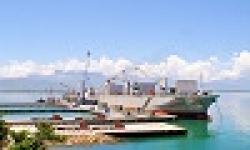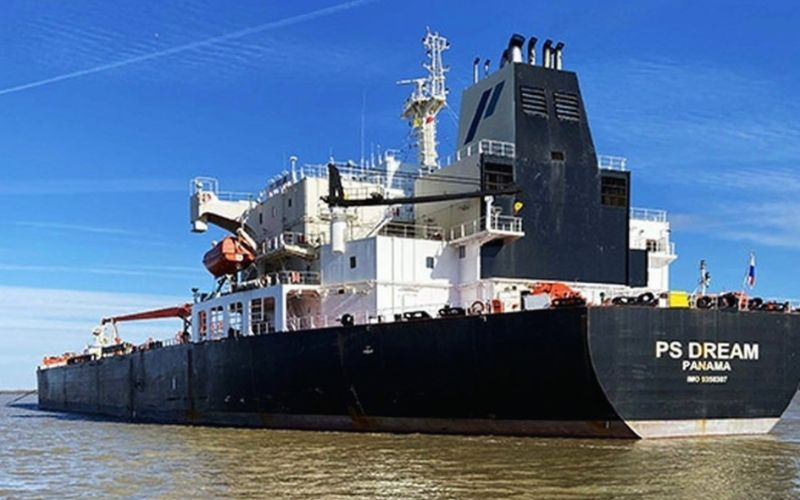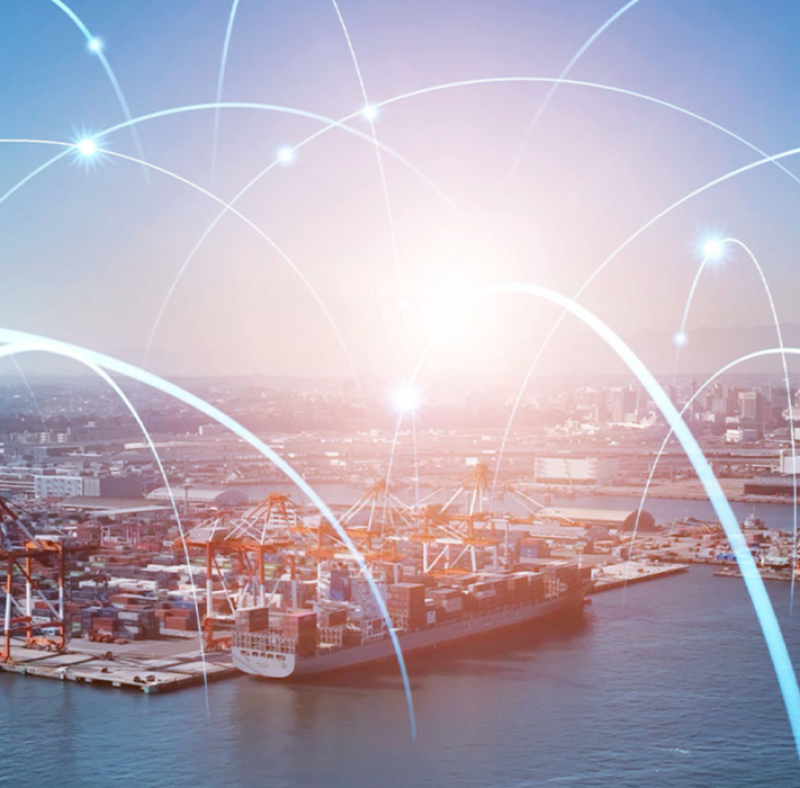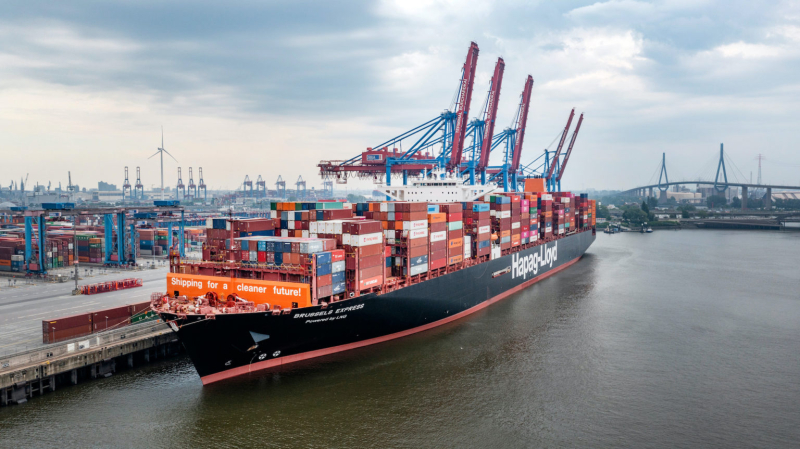
The one-year suspension of reciprocal port fees between Washington and Beijing, implemented on November 10, represents not a truce but a tactical pause in an escalating battle for control of global shipping infrastructure.
As both superpowers regroup, the commercial shipping sector faces a fundamental restructuring that will reshape international trade for decades to come.
The numbers tell a stark story of American vulnerability.
China churns out over 1,700 ships annually compared to fewer than five from US yards. Chinese companies own or operate 5,500 ocean-going merchant vessels against America’s 80. Most alarmingly, Chinese firms control terminals at more than 90 deepwater ports worldwide, including 34 of the top 100 busiest facilities. China’s shipbuilding capacity stands at 232 times that of the United States.
These asymmetries explain why the Trump administration originally imposed port fees in October only to suspend them weeks later after intense pressure from shipping organizations.
The retreat reveals an uncomfortable truth: America lacks the maritime muscle to confront China directly and must instead pivot to alliance-based strategies.
Washington’s response centers on leveraging Northeast Asian shipbuilding powerhouses. South Korea has pledged US$150 billion toward US shipbuilding cooperation, building on Hanwha Ocean’s acquisition of Philadelphia’s historic shipyard.
Japan’s advanced naval engineering capabilities are being courted through joint ventures, while India’s newly approved US$8 billion maritime development initiative offers a third pillar in an emerging counter-Chinese coalition.
This strategy mirrors Cold War containment logic: encircle through alliances what cannot be matched through domestic capacity. South Korea and Japan together control 43% of global shipbuilding compared to China’s 50%, making them indispensable partners in any American maritime revival.
Yet the timeline presents challenges. These partnerships require years to mature into operational capacity, while China faces no such constraints in executing its port expansion strategy.
Beijing has used the breathing space to accelerate its Belt and Road port integration across three strategic theaters.
In Latin America, the US$3.6 billion Chancay mega-port in Peru 60% owned by state-controlled COSCO establishes a Pacific gateway that reduces Shanghai transit times by over a week.
With 22 Brazilian port terminals scheduled for auction before year’s end, China is positioning itself to dominate South American maritime logistics.
Across Africa, Chinese firms now operate terminals in over a third of the continent’s 231 commercial ports, securing access to rare earth minerals and agricultural commodities essential to Chinese industrial strategy.
The Indian Ocean sees intensified activity around Hambantota in Sri Lanka and Gwadar in Pakistan, extending China’s strategic reach across critical shipping lanes.
This port network serves dual purposes. Under Chinese law, civilian maritime assets must be made available to the People’s Liberation Army during military mobilization.
The Djibouti model where commercial port development preceded military base construction in 2017 raises Western concerns that today’s container terminals could become tomorrow’s naval facilities.
The most likely trajectory points toward permanent fragmentation of global maritime infrastructure into competing ecosystems. By 2030, a Chinese-centered network of ports and vessels will serve the Global South, while an Allied-centered system anchors trade among Western economies and their partners.
Critical chokepoints from the Strait of Malacca to the Panama Canal will become contested spaces where rival systems intersect. Host nations in Africa and Latin America will face pressure to choose sides, with port access and shipping rates weaponized as diplomatic tools.
Financial instruments will replace direct tariffs as primary competitive weapons.
China wields Belt and Road debt arrangements and infrastructure packages, while Washington deploys sanctions, investment restrictions, and subsidies for allied shipbuilding. India’s emergence as a third pole building domestic capacity while maintaining strategic autonomy adds complexity to this maritime great game.
As the November 2026 suspension expiration approaches, the commercial shipping sector faces three possible futures: escalation through renewed port fees at higher levels, extension of negotiations with interim measures, or acceptance of permanent bifurcation.
The one-year pause has granted both powers time to entrench their respective strategies.
When the truce expires, the battle for maritime dominance will resume not through gunboat diplomacy, but through the quiet accumulation of ports, shipyards, and shipping routes that will determine the economic geography of the 21st century.





























